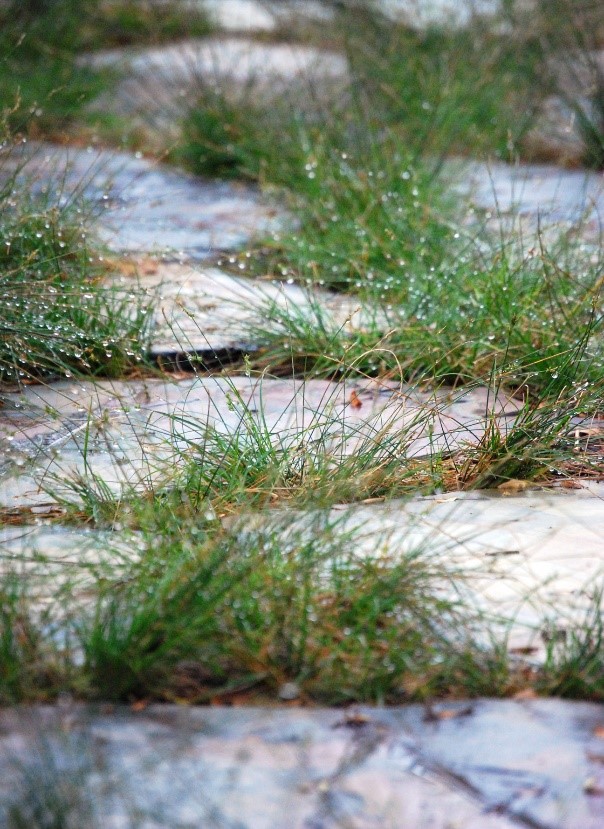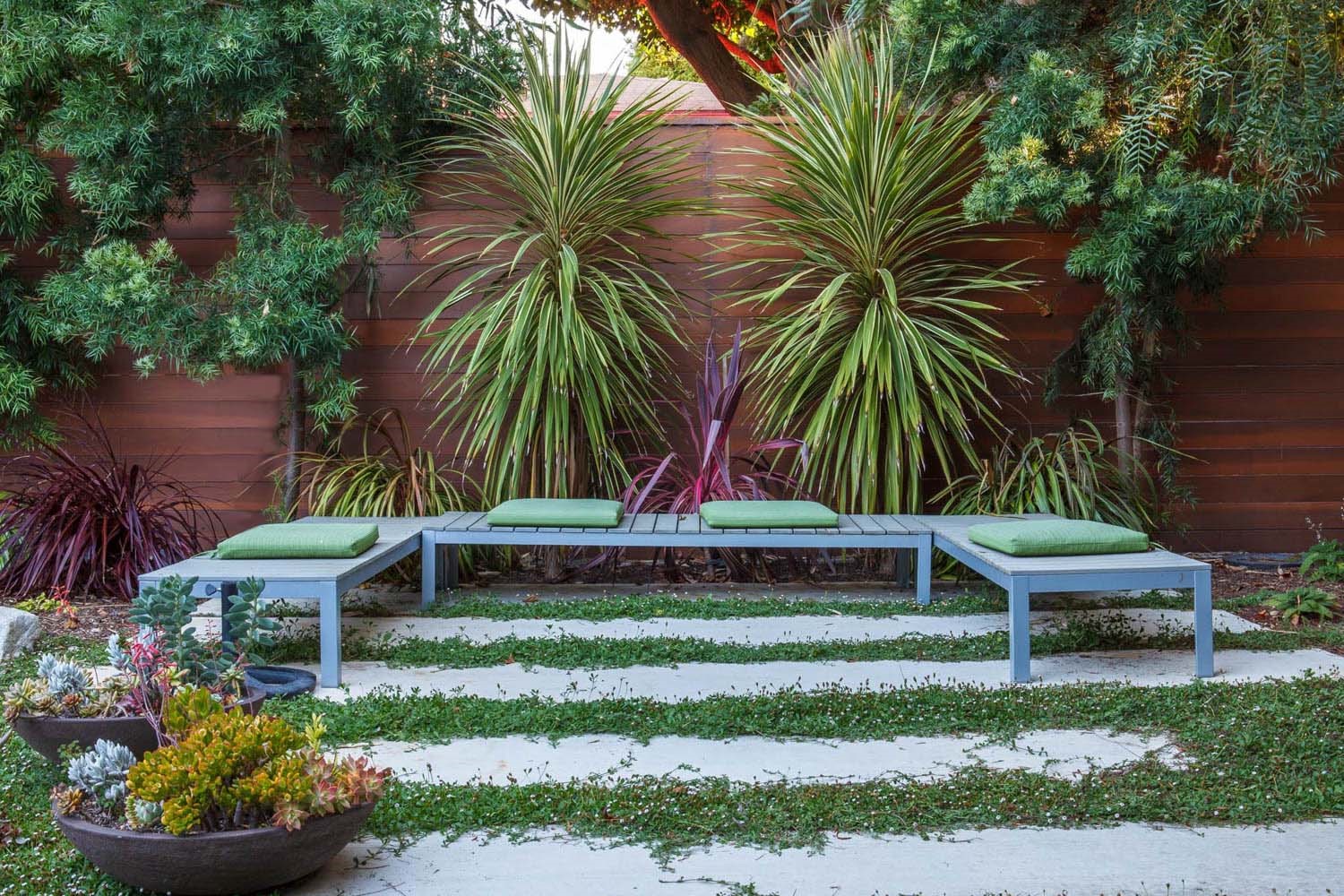Did you know that stormwater and urban runoff is the number one source of beach closures and advisories? That’s because the water that reaches the ocean through the storm drains is full of pollutants. These same pollutants, besides causing swimmers and surfers to get sick, also have a devastating effect on marine life – which eventually impacts the food chain:
https://www.surfrider.org/programs/ocean-friendly-gardens
If we care about the health of our coastline, one way to help is to prevent at least some of this runoff. You can help in this by replacing impervious surfaces such as concrete driveways and patios with permeable pavements such as interlocking concrete pavers which come in a variety of colors and patterns:
https://icpi.org/permeable-paver-projects
Another option is gravel placed over hidden plastic grids which makes a sturdy, level surface that can support a car and is ADA compliant, if wheelchair access is desired:
https://dengarden.com/home-improvement/Laying-Plastic-Stability-Grids-for-Gravel-Driveways
Break up impervious walking surfaces into smaller sections that allow stormwater to soak into the ground around them. For pathways and patios, use recycled broken concrete slabs known as “urbanite”, precast pavers, and flagstones. The spaces between them can be filled with decorative gravel, pebbles, mulch, or plantings. If you prefer plants, we suggest the following:
Texas Sedge (Carex texensis), is a heat and drought-tolerant perennial grass that grows from six to eight inches high:

Kurapia (Phylla nodiflora ‘Kurapia’) is a low-growing groundcover with attractive white flowers. Although quite low-maintenance, it does put out runners, so some clipping will be necessary:

A native of South Africa, Dymondia, (Dymondia margaretae) with its gray-green foliage and daisy-like yellow flowers, is another good choice:
